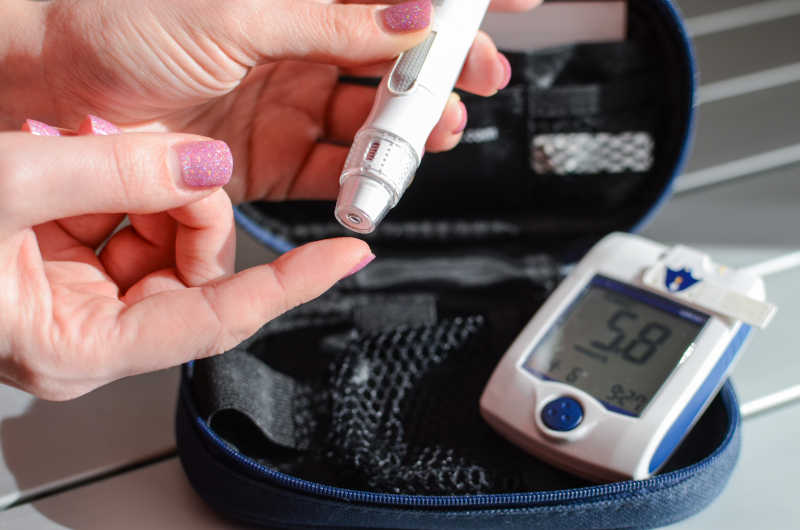The conversion of glucose into usable energy is facilitated by insulin in our bodies. If you have diabetes, your body may have trouble producing or utilizing insulin. As a result, high blood glucose, also known as blood sugar, levels can result, which can cause symptoms such as extreme thirst or hunger, fatigue, decreased appetite, blurred vision, slow wound healing, and increased frequency of urination.
More over one quarter of older adults in the United States have this ailment, which requires extensive care. Seniors who have diabetes have a larger chance of developing life-threatening complications and vascular disorders, including an increased risk of dementia of 16% among those who were diagnosed with diabetes in the middle years of their lives.
Therefore, there are additional reasons to take diabetes in older people seriously, in addition to the symptoms of feeling weary and thirsty all the time.
A diabetic condition can be difficult to manage at any age. Diabetes type 2 can develop in older persons for a variety of causes, while diabetes type 1 is commonly diagnosed during infancy or early adulthood. If you are overweight or inactive, experience high levels of stress or depression, or if diabetes runs in your family, you have an increased chance of acquiring type 2 diabetes.
The prognosis is not a devastating one in any way. In point of fact, there is some evidence that diabetes can be reversed. If you or a loved one has just received a recent diagnosis of late-onset Type 2 diabetes, the following steps are what you should take:
How to Properly Care for Diabetic Elderly Patients
Managing the Diet
Adopting a diet that is suitable to people with diabetes is recommended because of the myriad of ways in which various foods can alter glucose levels. When trying to lessen diabetic symptoms, losing weight and eating a diet that is low in sugar and fat can be helpful.
Regular monitoring
Maintain a close eye on your blood sugar levels, and make sure that you have a qualified medical practitioner check your blood pressure, cholesterol levels, and any other vital indications on a regular basis. Learn the warning symptoms of low blood sugar if you are providing care for an elderly person who has diabetes. It is not unheard of for certain symptoms, such as bewilderment, to be misdiagnosed as being caused by other disorders, such as dementia. If you observe any of these symptoms, you should get a blood sugar test right away.
Keep a close look out for any cuts, cracks, or ingrown toenails on the person’s feet because diabetes can cause wounds or sores to take longer to heal, which can increase the risk of infection.
Physical Activity
Perform at least thirty minutes of physical activity on five of the seven days of the week. The glucose levels in the blood can be raised by regular exercise, which also assists with weight management. Activities and workouts that are appropriate for senior citizens who require some assistance can be suggested by a caregiver or nurse.
How to Preemptively Prevent Diabetes
Now is the moment to take preventative action. If you are overweight, decreasing weight may help you avoid developing diabetes or at least delay its onset. Eat more nutritious meals with smaller quantities and less fat, increase the amount of water you drink, and reduce the amount of sugary beverages you consume. You may reduce your risk by working out regularly and improving your diet, and this will be especially effective if you are able to shed between 5 and 7 percent of your starting weight.
